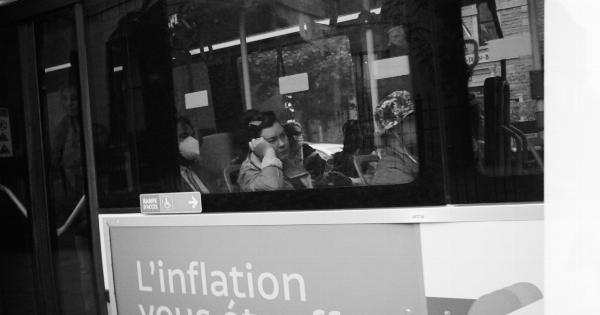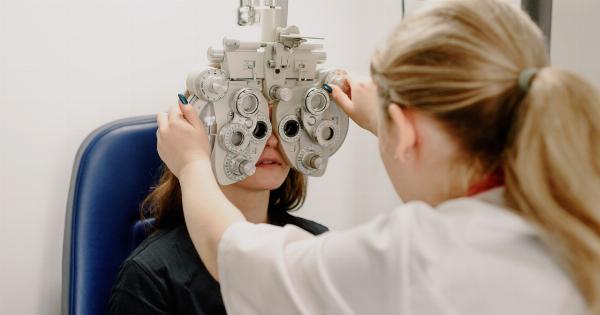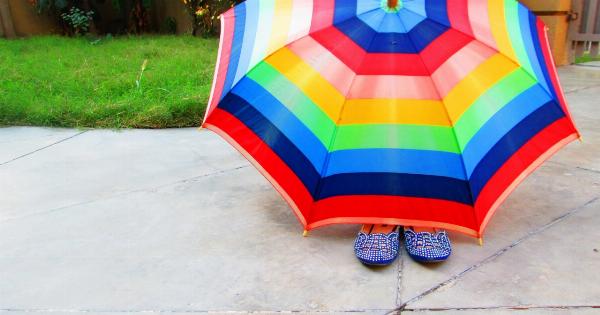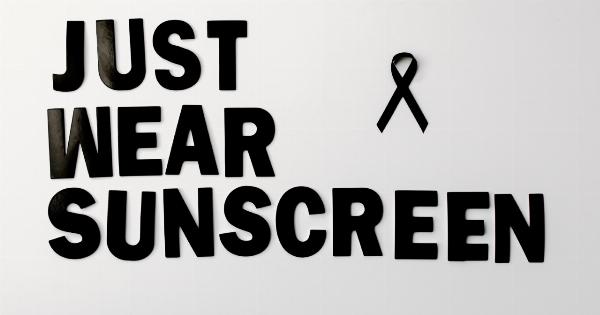Many car owners are convinced that installing UV protection film on their car windows is a crucial step in maintaining their vehicle’s interior and protecting themselves from harmful UV rays.
However, there is a growing debate about whether UV protection for car windows is really necessary or just a waste of time. In this article, we will explore both sides of the argument and provide you with the information you need to make an informed decision.
The need for UV protection
UV radiation is known to be harmful not only to our skin but also to various materials, including car interiors.
Prolonged exposure to UV rays can cause fading, discoloration, and deterioration of upholstery, dashboard materials, and other components inside your vehicle. Additionally, UV rays can potentially harm your skin and increase the risk of skin cancer.
Understanding the importance of protecting both your car’s interior and yourself is essential. However, the effectiveness of UV protection films and other methods of blocking UV rays is a topic of debate.
UV protection film and its limitations
One common method of UV protection for car windows is by applying a film that claims to filter out harmful UV rays.
These films often boast high levels of protection, but there are several factors that must be considered when analyzing their effectiveness.
1. Film quality and reliability
The quality and reliability of UV protection films vary greatly depending on the brand and price.
Cheaper films may offer minimal protection and can fade or discolor over time, while more expensive options might provide better quality and long-term effectiveness. However, even the most expensive films cannot guarantee complete protection against UV rays.
2. Installation challenges
Installing UV protection film can be a complex process that requires precision and skill. If not installed correctly, the film can develop bubbles, creases or even peel off, rendering it ineffective.
Proper installation usually requires professional help, which adds to the cost.
3. Incomplete protection
While UV protection films claim to offer comprehensive shielding against harmful rays, they often only target a portion of the UV spectrum.
Some films may block UVB rays more effectively, but they may not be as effective in blocking UVA rays, which are also harmful. Additionally, these films do not provide protection from other harmful wavelengths such as infrared radiation.
Alternative methods of UV protection
Fortunately, there are alternative methods of protecting both your car’s interior and yourself from UV damage without relying solely on UV protection films.
1. Parking in shaded areas
One straightforward and cost-effective way to reduce UV exposure to your car’s interior is to park in shaded areas whenever possible.
Parking under a tree or in a covered parking lot can significantly reduce the amount of direct sunlight and UV radiation your vehicle is exposed to.
2. Tinted windows
Factory-installed tinted windows or aftermarket tinting provide some level of built-in UV protection. However, it is important to check the legal requirements for window tinting in your area, as excessive tinting might violate the law.
Tinting can also help in reducing glare and heat buildup inside the car.
3. Window shades
Window shades or sun visors can be a practical and inexpensive option for protecting your car’s interior and reducing UV exposure. These shades are designed to fit over your car windows, blocking direct sunlight and harmful UV rays.
The importance of sunscreen
While it is vital to protect your car’s interior, it is equally important to prioritize your own well-being. Applying sunscreen with a high sun protection factor (SPF) is essential to safeguard your skin from harmful UV rays.
Sunscreen should be used regardless of whether your car has UV protection film or tinted windows, as these measures alone are not sufficient to protect your skin.
The verdict
The question of whether UV protection for car windows is a waste of time ultimately depends on various factors, including personal preferences, budget, and available alternatives.
While UV protection films may offer some benefits, they are not foolproof and often come with their limitations. Other methods, such as parking in shaded areas, tinted windows, and window shades, can provide effective protection at a lower cost.
Regardless of the method you choose, it is crucial to prioritize both your car’s interior and your own well-being by taking necessary measures to reduce UV exposure.



























